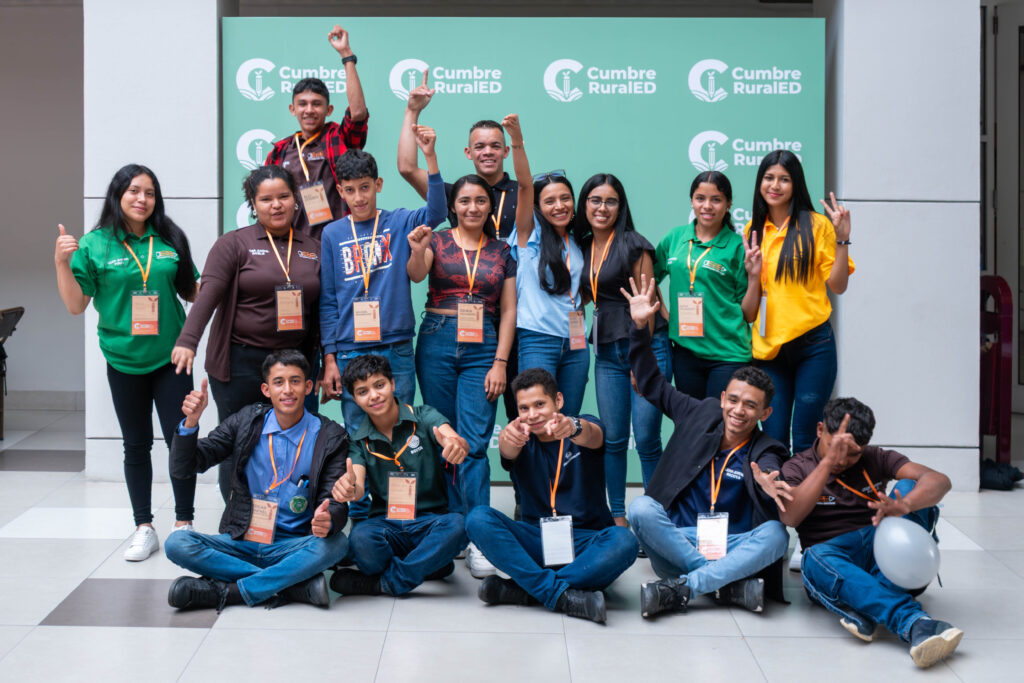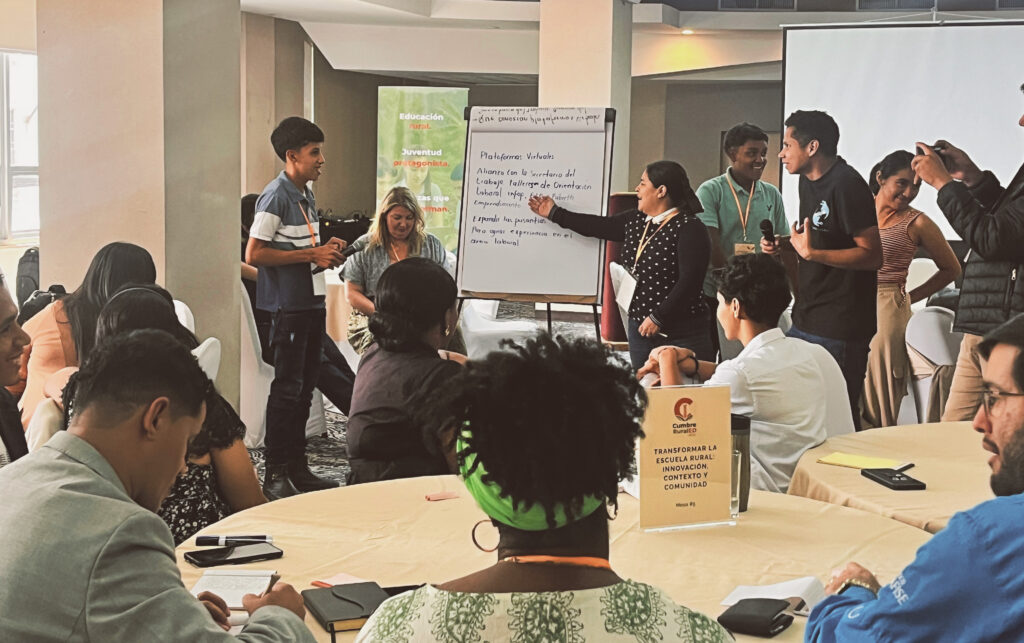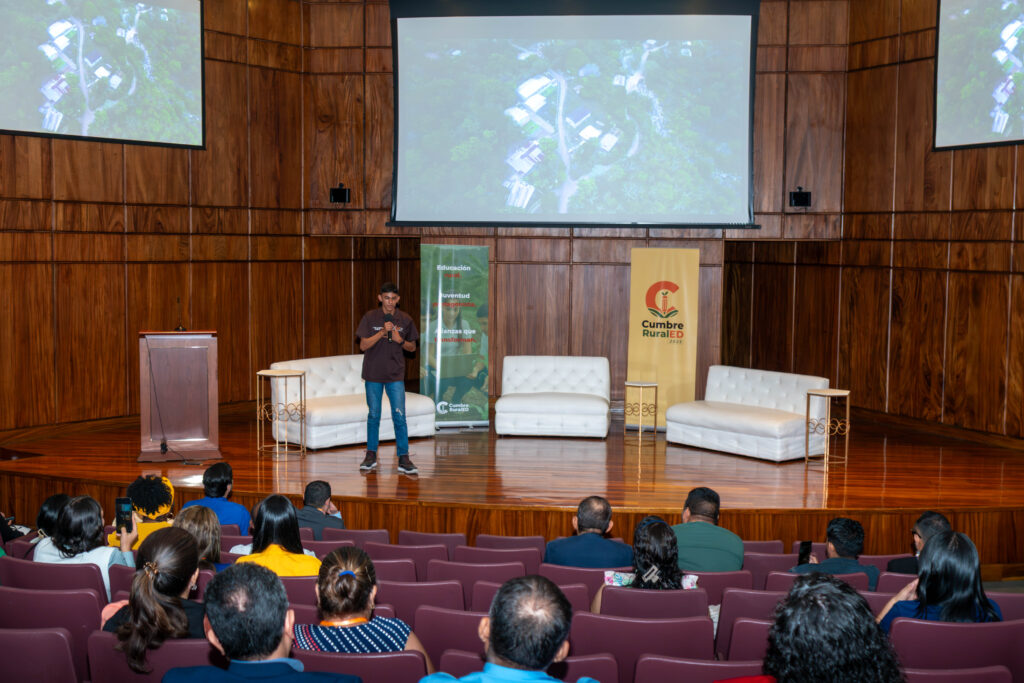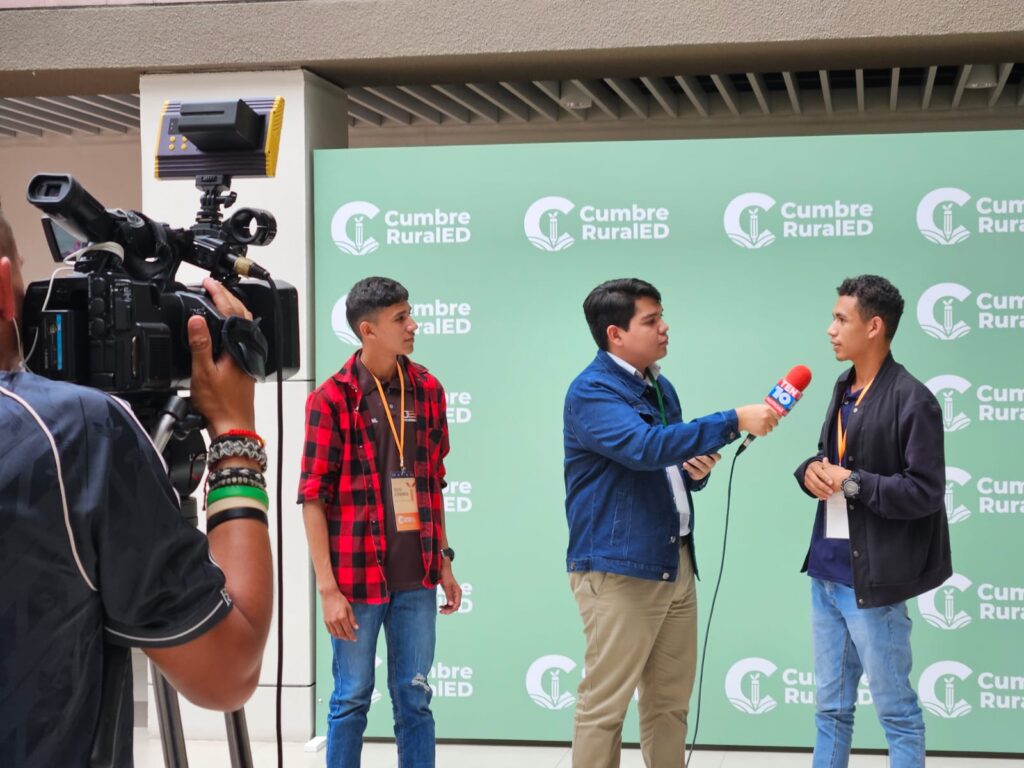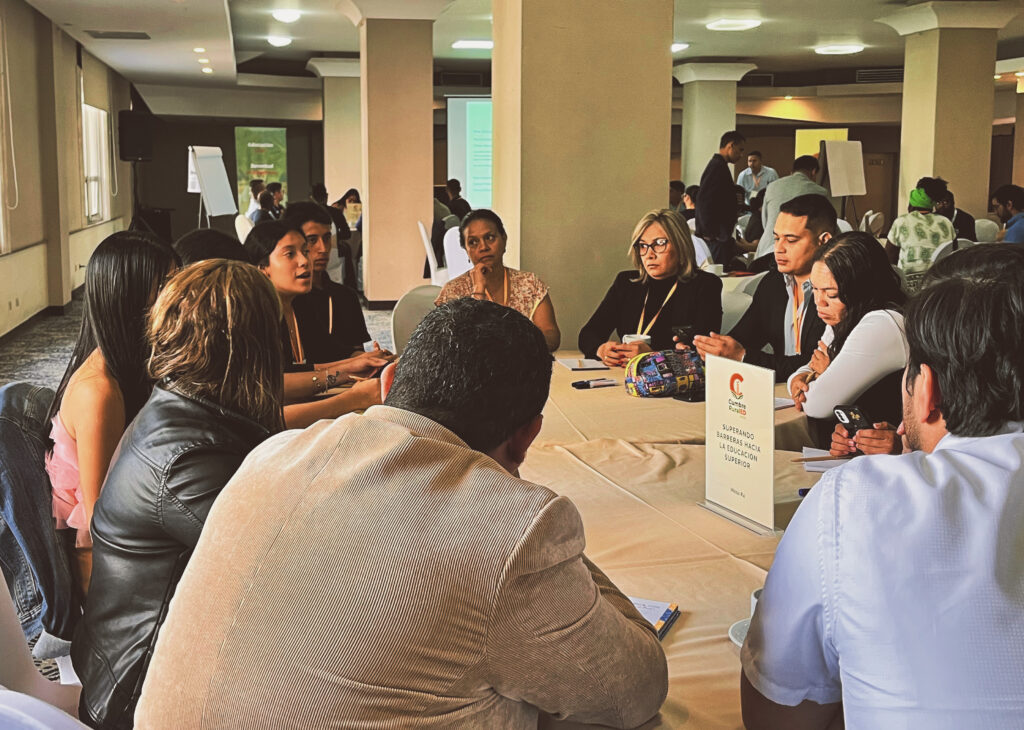July 3, 2025 — Tegucigalpa, Honduras
Inside the auditorium of the Central American Bank for Economic Integration, rural education took the spotlight in a way we don’t often see in Honduras.
More than 80 people came together from across the country to design a better future together:
Teachers. Mayors. Technical Experts. Secretary of Education Representative. Donors. Youth leaders.
But this summit wasn’t born in a boardroom or on a whiteboard.
It came from over a decade of listening.
Why We Created This Summit
At Educate2Envision (E2E), we’ve spent 13 years working in rural education in Honduras. We’ve trained youth leaders, opened secondary schools where roads don’t reach, and helped municipalities build innovation hubs where others saw only poverty.
And for years, we noticed something:
Rural youth were the last to be invited to the decision-making table even when the decisions were about them.
We also saw that in the rural education sector, too many of us were working in silos.
Government, NGOs, donors, schools — all doing their part, but not doing it together.
So we created the RuralED Summit to change that.
To bring everyone into one room.
To listen more than we talk.
And to make rural youth not just part of the event, but the reason for it.
As one attendee put it in the post-event survey, “Escuchar las experiencias desde la voz de los autores… los jóvenes que viven esta realidad.” (“To hear the experiences from the voice of the authors… the young people who live this reality.”)
From Dialogue to Design
The first day of the summit featured a series of panels with local mayors, teachers, E2E alumni, and sector experts. Youth leaders shared how they had turned limited resources into leadership opportunities—mentoring peers, launching community projects, and stepping into local governance. At every step, their message was clear: we are not waiting to be saved. We are building solutions.
While Day 1 focused on sharing stories and elevating rural voices, Day 2 shifted into action.
Participants returned for a full day of working sessions, where the goal was to go beyond reflection and pave the way for real collaboration.
Five themed roundtables were each co-led by a youth moderator and a technical expert, bringing together lived experience with subject matter knowledge. Together, they tackled questions like:
- How can rural youth access digital tools?
- What’s missing in how we prepare them for the world of work?
- How can education systems strengthen local roots, not just migration routes?
There were no long PowerPoints. Just real conversations.
Every group produced concrete recommendations and new connections to carry the ideas forward.
“The roundtables gave us a chance to build something, not just talk.”
The Start of Something Bigger
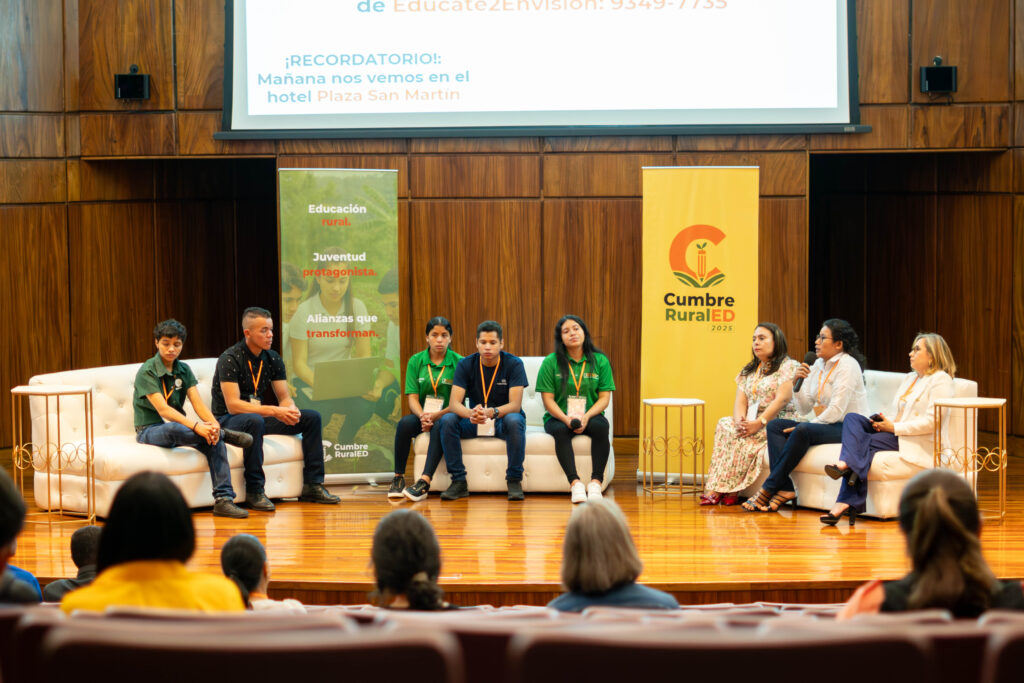
By the end of the day, a new community formed:
The RuralED Collaboration Network.
It’s a space for everyone who wants to work with rural youth, not just for them.
Perhaps the most repeated comment in the feedback? “Este evento era necesario.” “This event was needed.”
For many, it was the first time they had seen rural education treated with national urgency and rural youth treated as equals. It confirmed what we’ve long believed: change is possible when sectors align and communities lead.
The Country Took Notice
The summit drew national media coverage from Televicentro, TV Azteca Honduras, and La Tribuna, reaching over 15,000 viewers and readers. Our ally FUNDAHRSE, Honduras’ leading corporate social responsibility association, helped amplify the event on their digital platforms and praised the multisectoral focus.
Still, the most powerful moments happened in the room.
“This youth isn’t lost. It’s ready.”
— Rural youth leader, closing panel
“If we don’t work together, we’ll be looking at the same statistics in ten years.”
— Government representative
What Comes Next
The RuralED Summit wasn’t designed to offer all the answers, but rather it was designed to bring people together to start asking better questions, and to listen more closely to those most affected.
Now, as we take stock of everything that was shared, our next step is to compile a report that captures the insights and recommendations that emerged and ensure they don’t sit on a shelf. We know the real work begins after the event: following up, continuing the conversations, and keeping the momentum alive.
Planning has already begun for a 2026 edition of the summit. We hope to build on this year’s foundation with more structured participation, wider regional representation, and stronger alignment across sectors. Our aim continues to be the creation of a more connected and inclusive future for rural education in Honduras.

